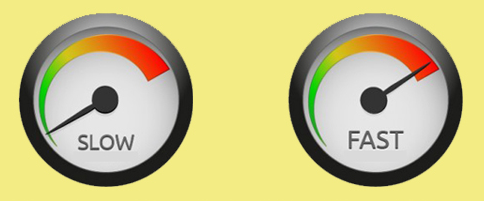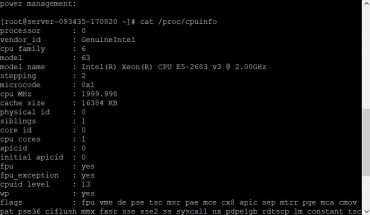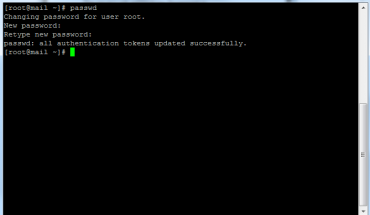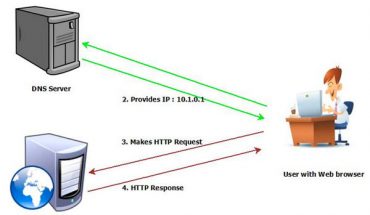 The speed of a website can be influenced and increased by the consideration and optimization of the following points:
The speed of a website can be influenced and increased by the consideration and optimization of the following points:
Reduce / reduce HTTP requests
Your website can be rendered faster when fewer HTTP requests are made. Limit the number of external sources, such as scripts, stylesheets, and images, which must be loaded where possible. These are all HTTP requests.
Use only one CSS stylesheet
Format all existing stylesheets into a single CSS file or directory and link it from the <head> section of the HTML document. Note that you do not use inline style information in your HTML document. Not only is this a slower load time and bad coding practice, but it is also a negative SEO factor. Doing this allows caching of the CSS file, which in turn speeds up the delivery of the web page
No inline style and java script
Java script documents and code within an HTML document should be linked from an external directory as well as the CSS style information described above, and in a similar manner such as its own file folder. Where possible, load JavaScript last unless certain sections of your website require it first as a dependency. This way all of your content and style is visible and JavaScript can continue to load without interrupting what the user came to see from a search engine.
Use CSS sprites
wherever you can, the use of sprites combines several images into a single image, thus reducing the number of HTTP requests. You can call them with JavaScript or CSS when needed and use them as frames of a film, but it will load at approximately the same rate of a single image.
Optimize all images
Make sure your images are optimized for the web. If you use Photoshop, you can easily select it under the “save for the web” dialog. (Below the “Save” dialog). Through this dialogue, the images are reduced in size. Resizing images or decreasing the resolution can help you optimize. Also, in your code, only use the amount of space your frame or div tag requires. Having your code resize the image will actually call the full image size and not help your images load any faster.
Use server-side caching
This technique creates a “plain HTML file” for each URL so that dynamic pages do not have to be rebuilt each time the same URL is requested again. In other words, dynamic pages are parsed as a static HTML document and stored on the web server. This can significantly reduce the charging time
Use Gzip compression
Gzip compresses the size of your pages, which are sent to the web browser, significantly. In conventional cases, up to 70% or more of file size can be saved
Use a CDN (Content Delivery Network)
A CDN allows users to download data in parallel, which in turn helps your website to be delivered faster. A low-cost CDN like CloudFront is a popular platform.
Reduce 301 redirects
If possible, do not use 301 redirects. Especially you should not 301 redirect to another 301 redirect (and so on). A 301 forwarder forces the Web browser to access a new URL. On the new URL, the browser must wait until it receives an HTTP request. In addition to this, Google Bot only follows a handful of redirects. Most of the time it only follows 3 301’s before it stops following them anymore.
Use a dedicated server
Most websites are now on shared hosting platforms. This means that the website is hosted with up to one hundred (or more) other sites on a single physical machine with your Internet service provider. This can have a negative impact on the load time of the website. By using a dedicated server or VPS, and a corresponding hardware setting to match the traffic of the site, some performance advantages can be achieved.
Optimize your webserver
The world’s most widely used web server is Apache. It is advisable to adapt the Apache Worker processes as well as their child processes to the respective user volume and function of the website (online shop, download portal, forum, etc.).




